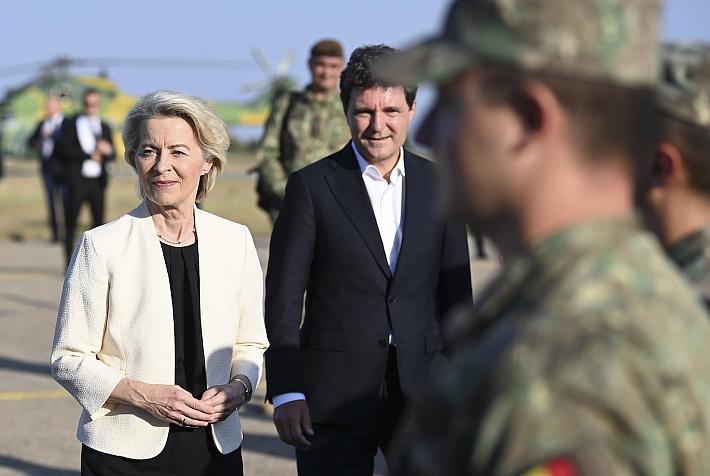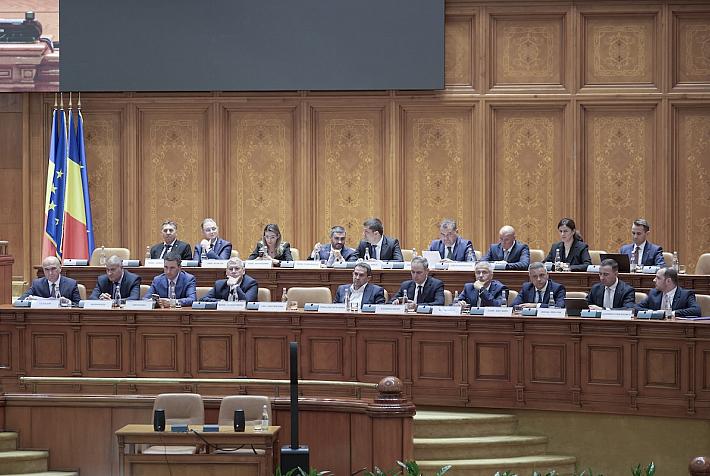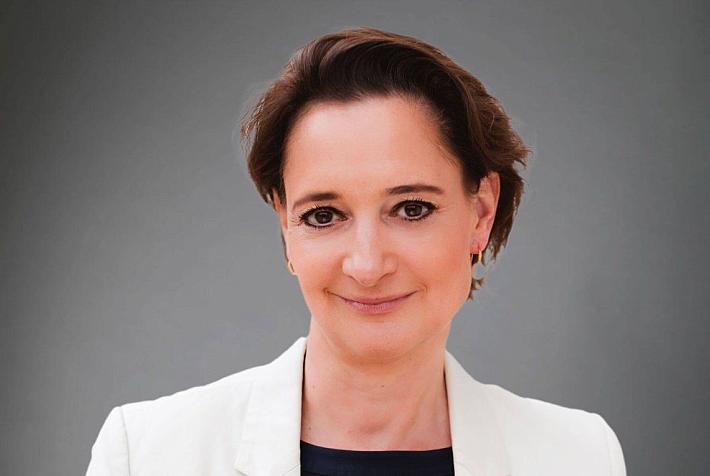Erste: 2021, a more realistic term for Romania to join the Eurozone

Romania needs more time than currently recognized in order to join the Eurozone, as the development gap between the country and the rest of the EU is too large to be ignored, according to a research report from Austrian group Erste, which owns Romania’s largest bank by assets – BCR.
The report authors however say the nominal convergence criteria are likely to be achieved soon,
Romania’s officials recently announced that the country will join the Euro Area starting January 1 2019, a target which most analysts and even central bank officials think is ambitious. Erste analysts think that 2021 would be a more realistic term for Romania to get close to real convergence criteria.
“The latest term of 2019 has been labeled ‘ambitious’ by the central bank, a label with which we agree, given that the scenarios above suggest that a timeline beyond 2021 looks more realistic. However, in this respect, there will be no free lunch and tough decisions will have to be made in order to boost the competitiveness of the economy. The restructuring and privatization of the state-owned sector, boosting budget revenue and EU fund absorption, and favoring infrastructure investments over social expenses are only some of them,” Erste explains.
Any country that wants to join the Eurozone has to comply with five nominal criteria as defined in the Maastricht treaty, regarding inflation rate, budget deficit, public debt, long-term interest rates and exchange rate stability.
“Romania is currently likely to meet three out of the five required nominal criteria to join the euro. The inflation and long-term yield criteria could be met in 1-2 years, as long as economic decisions remain prudent,” Erste says.
The real challenge is to meet the real convergence criteria which reflect the competiveness and convergence gap of the real economy between candidate states and member states. Romania is currently far behind the EU averages when it comes to labor productivity (under 50 percent), people at risk of poverty and social exclusion (160 percent of EU average) and GDP per capital at purchasing power parity (PPP), which currently stands at 50 percent of the EU average. Romania lags much behind Latvia, which is the latest EU country to adopt the euro as currency.
In order to get its GDP per capita at 65 percent of the EU average, the level posted by the latest entrant, Romania would likely need 10 to 13 years, according to Erste’s scenarios. “A second scenario would be one in which the entry bar would continue to be lowered and Romania would be willing to take the risk to join at a GDP per capita representing only 60% of the EU average. In this case, the more likely growth scenarios for the EU and Romania suggest that seven to nine years would be required to meet this target,” Erste shows.
Erste’s analysts think that the ease with which the adherence timetable has been shifted during the past years suggests that the Romanian decision makers tend to ignore the challenges that euro membership poses and the risks of joining the area without being properly prepared.
So far, since joining the European Union in 2007, Romania has changed its target date for joining the Eurozone six times, according to public statements from Romanian officials. However, unlike its regional neighbors, Romania’s plans to join the Eurozone have remained unchanged even at the height of the crisis, when the future of the euro itself was uncertain.
Andrei Chirileasa, andrei@romania-insider.com











